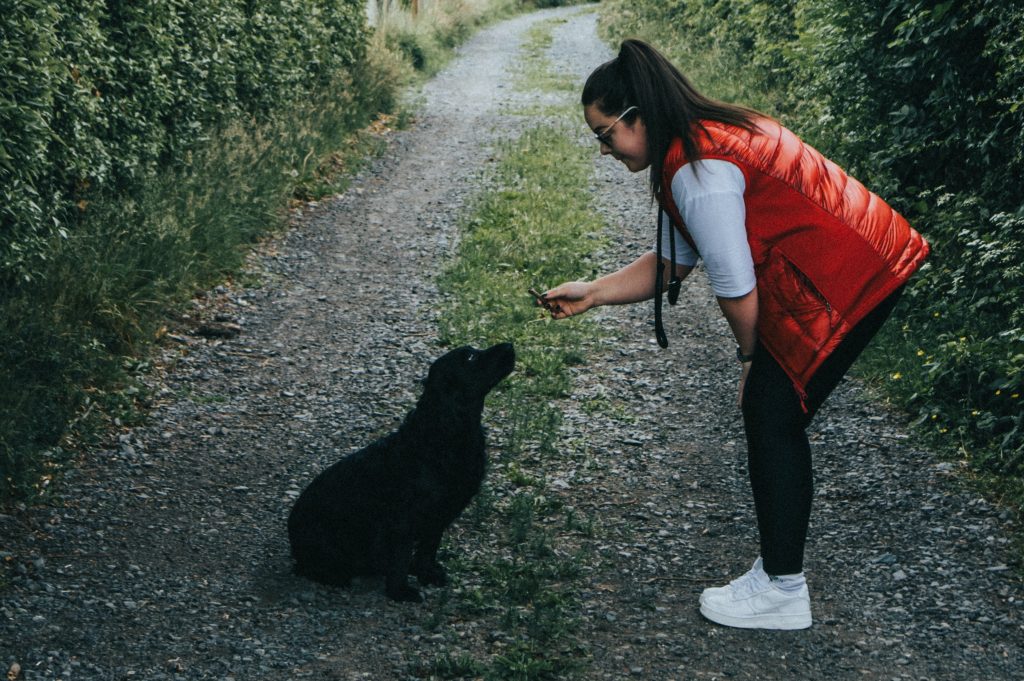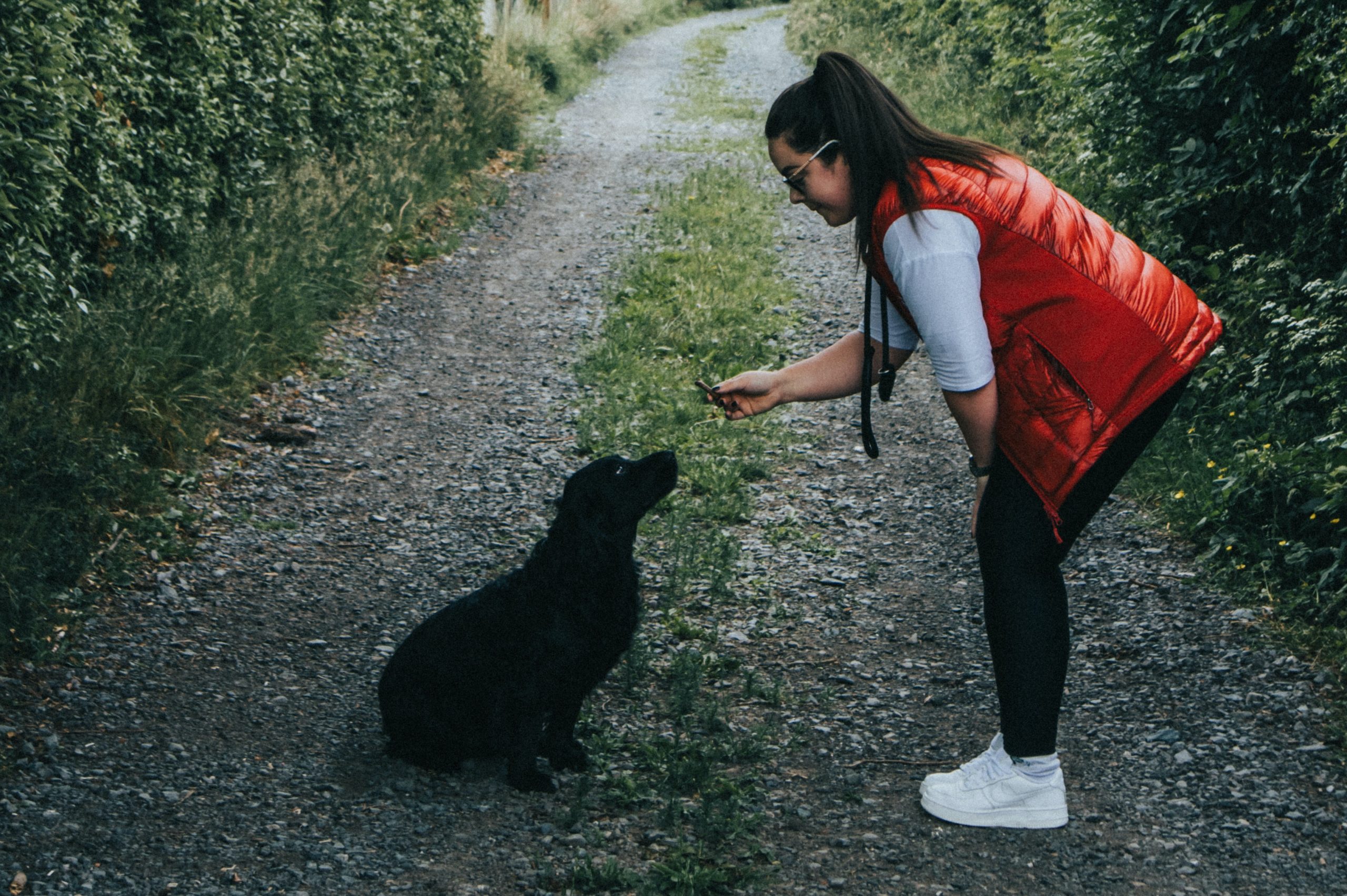
My mother turned to me in confusion. She couldn’t understand why Tashi, my two-year-old, mixed breed dog, wasn’t lunging for the bowl on the floor. It contained some nice creamy, whole milk yogurt. Instead of lunging, in fact, Tashi went from standing to sitting. Her eyes were fixed on my mother. Clearly, Tashi wanted what was in the bowl. She licked her lips. My mother asked what she was doing. All the dogs my mother knew would have gone for the bowl before it even hit the floor. Tashi waited patiently until I told her, “Free dog.”
People unfamiliar with positive reinforcement training sometimes think that because positive reinforcement trainers tend not to use the word “No” as frequently as old-fashioned trainers that positive reinforcement trainers are permissive. I can assure you that we have many, many rules in my house, including not taking food, even if it’s on the floor, unless specifically told that it’s okay. When I was teaching Tashi not to jump up on people, I did not tell her, “No.” I could have, but what Tashi probably would have learned from that was that it was okay to jump until I say, “No.” I much prefer a dog who is able to think her way through a situation. Tashi knew that she wanted what was in the bowl. In her experience, whenever she jumped on or near me, the bowl moved farther away, to the other side of my body, and she got none of what was inside. I said nothing, simply letting Tashi assess the situation for herself. Tashi tried jumping and barking several times until she realized that these behaviors would not get her a taste of the goodies inside the bowl. In frustration, she sat down to think about the situation. Whenever she did this, offered behavior I wanted her to repeat (sitting), I used a clicker to mark the reward-earning behavior, and gave her a taste of the goodies in the bowl.
We repeated this with goodies in my hand held above her head. If she jumped, the goodies went away. If she sat, I clicked the clicker and she got a treat from my hand. We repeated this in different rooms, with food in bowls, on plates, in my hand, etcetera. I didn’t use the word “No.” I let Tashi think for herself. If she jumped, the food went away. If she sat, she got a click and a treat. My husband did the same. And, this past Thanksgiving, Tashi demonstrated that she now knows what kind of behavior humans like. She did not push my 79-year-old mother out of the way to get to the creamy yogurt. Instead, she planted herself in a sit and waited patiently to be released to eat her treat. That’s positive training.
Provided by Barbara Tran, PMCT Certified Trainer.
Related Articles & Free Email Newsletter Sign Up
3 Indoor Plants That are Low Maintenance and Dog Friendly
How to Teach Your Dog to Shake in 6 Easy Steps





Comment here